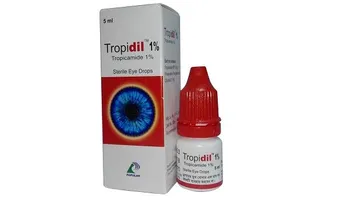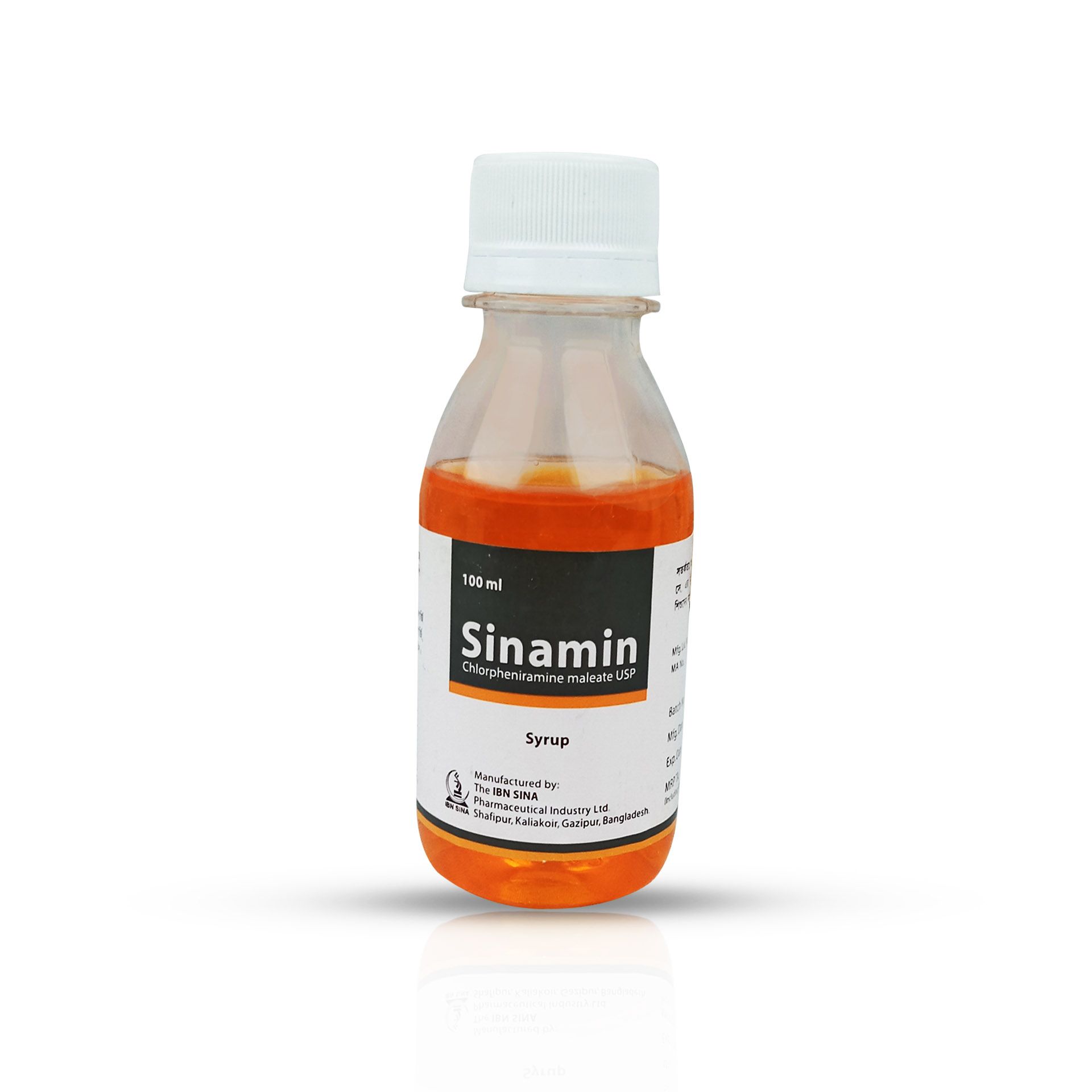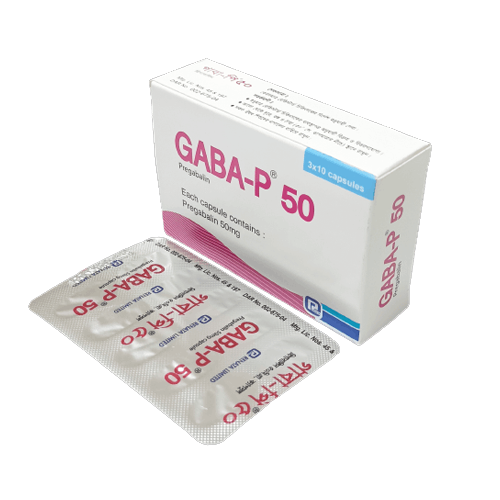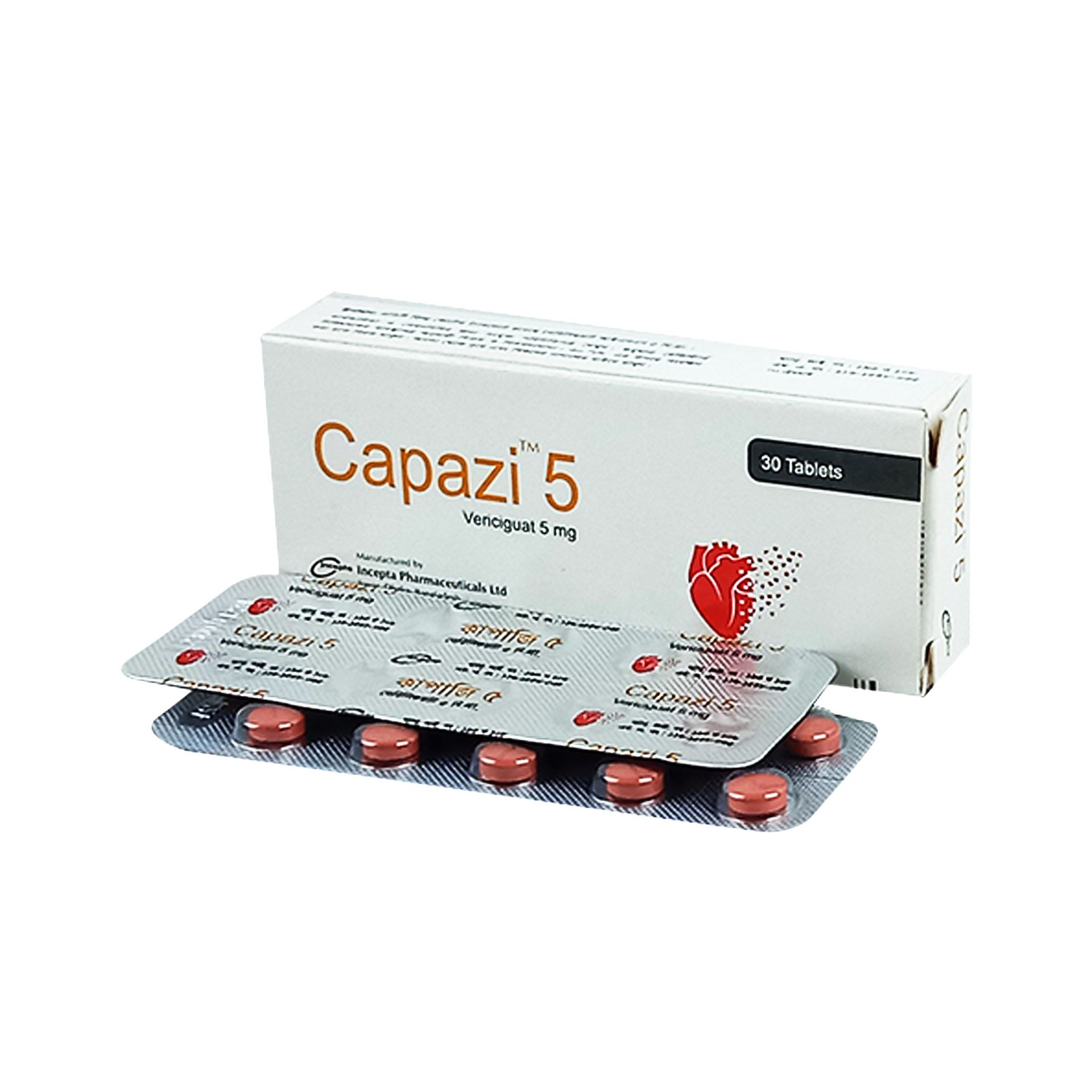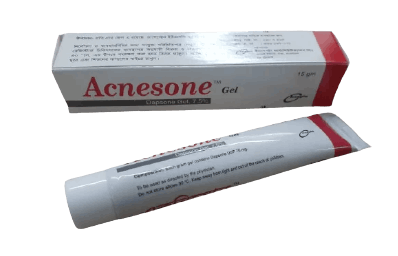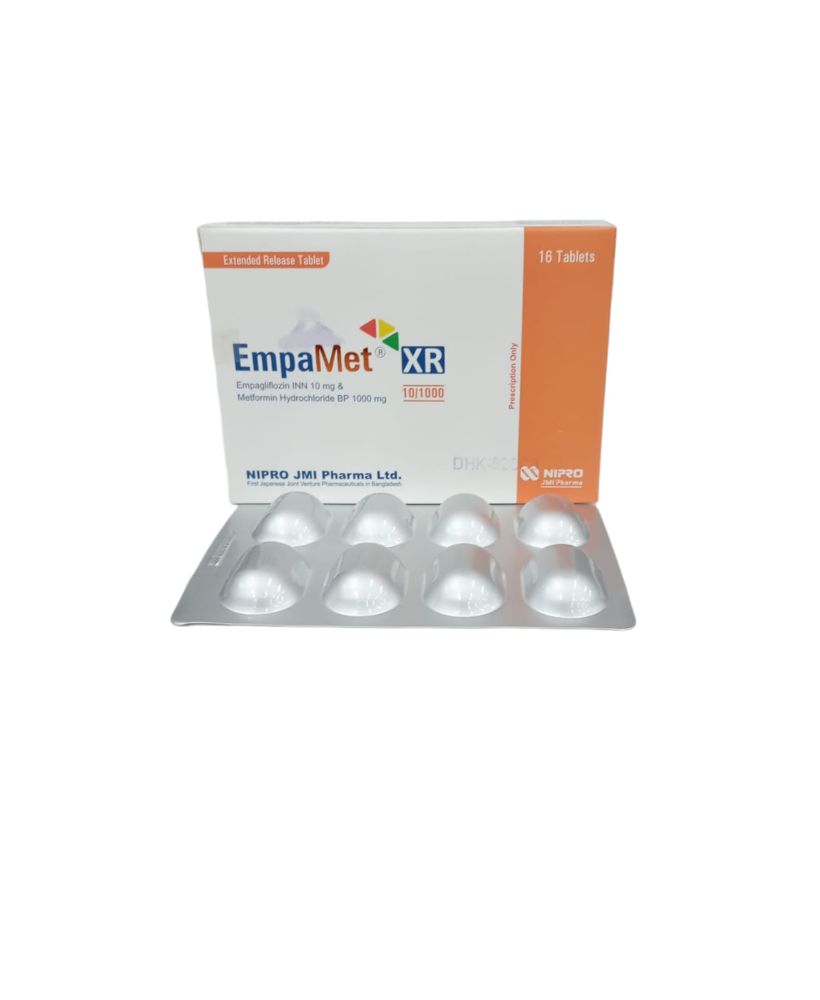



Empamet XR 10/1000 Tablet - (10mg+1000mg)
(0
reviews)
Sold by
Ashik Medical
Price
৳252.00
৳280.00
/pc
-10%
Club Point:
80
Refund
Not Applicable
Share
Top Selling Products
-
৳76.50
৳85.00 -
৳27.00
৳30.00 -
৳126.00
৳140.00 -
৳342.00
৳380.00 -
৳450.00
৳500.00 -
৳135.00
৳150.00
Reviews & Ratings
0
out of 5.0
(0
reviews)
There have been no reviews for this product yet.
Introduction
Empamet XR 10/1000 is a combination of empagliflozin, a sodium-glucose cotransporter 2 (SGLT2) inhibitor and metformin hydrochloride, a biguanide, indicated as an adjunct to diet and exercise to improve glycemic control in adults with type 2 diabetes mellitus when treatment with both empagliflozin and metformin hydrochloride is appropriate.Empamet XR 10/1000 is indicated to reduce the risk of cardiovascular death in adults with type 2 diabetes mellitus and established cardiovascular disease. However, the effectiveness of Empamet XR 10/1000 on reducing the risk of cardiovascular death in adults with type 2 diabetes mellitus and cardiovascular disease has not been established.
Uses of Empamet XR 10/1000
Empamet XR 10/1000 use as a treatment of adults with type 2 diabetes mellitus.
Side effects of Empamet XR 10/1000
- Nausea
- Vomiting
- Diarrhea
- Headaches
- Dizziness
- Fatigue
- Abdominal pain
- Increased urination
- Weight loss
How to use Empamet XR 10/1000
Take Empamet XR 10/1000 in the dose and duration prescribed by your doctor. Swallow it whole. Don't chew, crush, or break it. Empamet XR 10/1000 should be taken with food.
How Empamet XR 10/1000 works
By blocking SGLT2,Empamet XR 10/1000 prevents glucose from being reabsorbed and allows it to be excreted in the urine.Also work by decreasing the production of glucose in the liver and increasing the sensitivity of cells to insulin and lowers blood sugar levels.
What if you forget to take Empamet XR 10/1000 ?
If you forget to take yourEmpamet XR 10/1000 , take them as soon as you remember. If it is almost time for your next dose, skip the missed dose and take it at the usual time. Avoid taking two doses at the same time.
Quick Tips
Brief Description
Indication
Indicated for the treatment of adults with Type 2 Dabetes Mellitus as an adjunct to diet and exercise.
Administration
The dosage should be adjusted according to effectiveness and tolerability. Take this combination twice a day, with meals. To reduce the gastrointestinal side effects associated with Metformin Hydrochloride, dose escalation should be gradual. The maximum recommended daily dose of Metformin Hydrochloride is 2000 mg, while Empagliflozin is 25 mg.
Adult Dose
The standard starting dose for empagliflozin + metformin hydrochloride is 5 mg of empagliflozin and 500 mg of metformin hydrochloride once daily. The dose can be gradually increased to a maximum of 25 mg of empagliflozin and 2,000 mg of metformin hydrochloride per day.
Child Dose
The safety and efficacy of this medication in children under the age of 18 has not been established.
Renal Dose
Before starting this combination with a renally impaired patient, assess their renal function.In patients with an eGFR below 45 mL/min/1.73 m2 is contraindicated.
Contraindication
•Type 1 diabetes •Diabetic ketoacidosis (DKA) •Severe kidney disease (eGFR < 30 mL/min/1.73 m2) •Severe liver disease •Heart failure •Active bladder infection •Recent surgery or major trauma •Hypersensitivity to empagliflozin or metformin hydrochloride History of lactic acidosis. • History of urinary tract infections or genital yeast infections •Risk of dehydration •Elderly patients
Mode of Action
By blocking SGLT2, empagliflozin prevents glucose from being reabsorbed and allows it to be excreted in the urine and decreasing the production of glucose in the liver and increasing the sensitivity of cells to insulin .It work synergistically to lower blood sugar levels more effectively.
Precautions
Empagliflozin + metformin hydrochloride should not be used by individuals with - • Type 1 diabetes. • Diabetic ketoacidosis • Severe kidney disease • Severe liver diseases • Heart failure. • Active bladder infection. • Recent surgery or significant trauma
Side Effect
Serious side effects: • Diabetic ketoacidosis (DKA) • Lactic acidosis • Hypoglycemia (low blood sugar) • Dehydration • Urinary tract infections • Female genital mycotic infections • urticaria, dysuria • Vaginal moniliasisia Common side effects : • Increased urination • Thirst • Dry mouth • Nausea • Vomiting • Diarrhea • Abdominal pain • Headache • Dizziness • Fatigue • Weight loss
Pregnancy & Lactation Category Note
Pregnancy: It is s not recommended for use during pregnancy due to potential risk to a fetus especially during the second and third trimesters. Lactation: Empagliflozin is excreted in breast milk and may be harmful to the nursing infant. Metformin hydrochloride is also excreted in breast milk, but it is unclear whether it can harm a nursing infant.
Interaction
It may interact with other medications, including: •Insulin: Empagliflozin + metformin hydrochloride can increase the risk of hypoglycemia (low blood sugar) when used with insulin. •Sulfonylureas: Empagliflozin + metformin hydrochloride can also increase the risk of hypoglycemia when used with sulfonylureas, another type of medication used to treat type 2 diabetes. •Meglitinides: Empagliflozin + metformin hydrochloride can also increase the risk of hypoglycemia when used with meglitinides, another type of medication used to treat type 2 diabetes. •Thiazolidinediones: Empagliflozin + metformin hydrochloride may increase the risk of heart failure when used with thiazolidinediones, another type of medication used to treat type 2 diabetes. •Alpha-glucosidase inhibitors: Empagliflozin + metformin hydrochloride may decrease the effectiveness of alpha-glucosidase inhibitors, another type of medication used to treat type 2 diabetes. •Beta-blockers: Empagliflozin + metformin hydrochloride may mask the symptoms of hypoglycemia, such as increased heart rate and sweating, when used with beta-blockers. •ACE inhibitors: Empagliflozin + metformin hydrochloride may increase the risk of hypotension (low blood pressure) when used with ACE inhibitors. •ARBs: Empagliflozin + metformin hydrochloride may increase the risk of hypotension when used with ARBs. •Diuretics: Empagliflozin + metformin hydrochloride may increase the risk of dehydration when used with diuretics. •Steroids: Empagliflozin + metformin hydrochloride may increase the risk of hyperglycemia (high blood sugar) when used with steroids. •Thyroid hormones: Empagliflozin + metformin hydrochloride may increase the risk of hypoglycemia when used with thyroid hormones.
Storage Conditions
Store below 30°C temperature, protected from light & moisture. Keep out of the reach of children.
Frequently Bought Products
Product Queries (0)
Login Or Registerto submit your questions to seller
Other Questions
No none asked to seller yet
Top Selling Products
-
৳76.50
৳85.00 -
৳27.00
৳30.00 -
৳126.00
৳140.00 -
৳342.00
৳380.00 -
৳450.00
৳500.00 -
৳135.00
৳150.00

